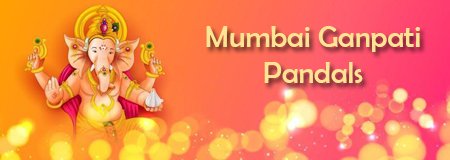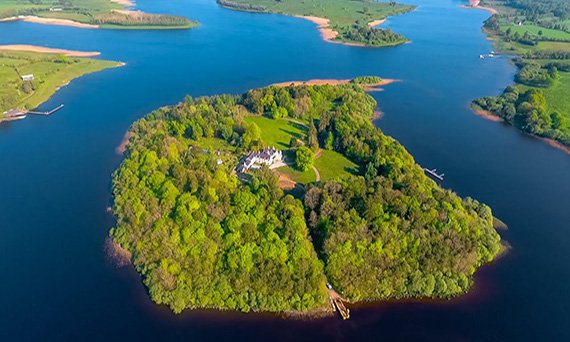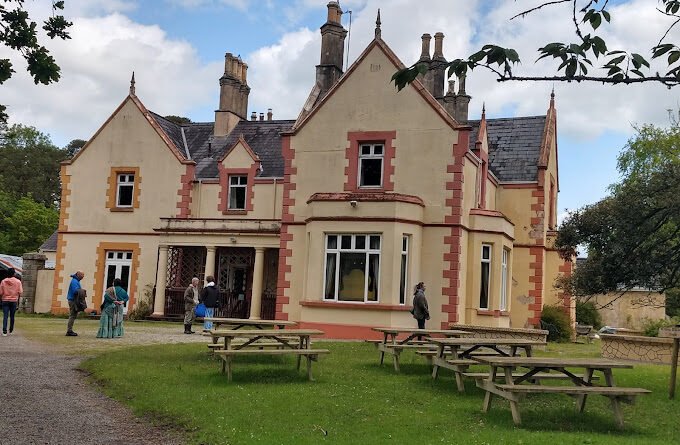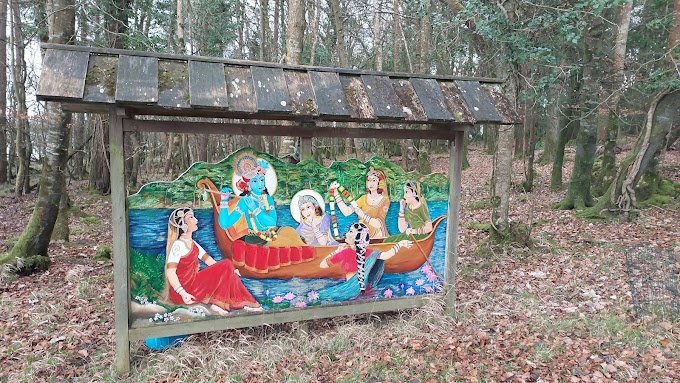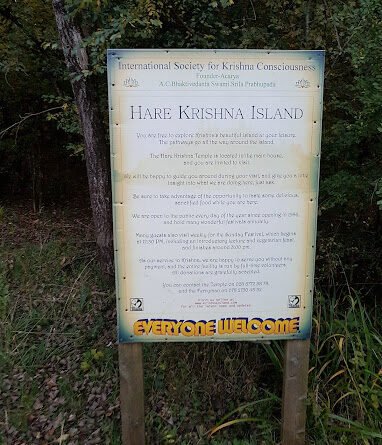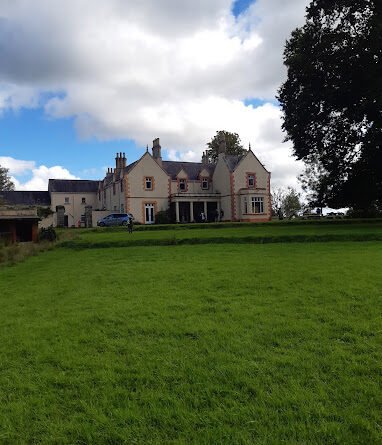Hare Krishna Temple
Hare Krishna Temple
Derrylin, Enniskillen BT92 9GN, United Kingdom
One of ISKCON’s most unique temples, Govindadwipa (or Inisrath island) has a fascinating history.
According to local Northern Irish historical references, there is some evidence that about 2,000 years ago, that there was indeed a “rath”—a fortified homestead of an extended family headed by a chieftain—on the “Inis,” or island. This rath offered extra protection from wolves and other aggressors, such as cattle-raiders.
In the mid-19th century, the island was part of the lands of the earl Lord Erne. Erne gifted it to his son-in-law Sir Henry Cavendish Butler, who built the existing house during the Victorian era. Used into the early 20th century as a summer house for the local gentry, it remained in the Cavendish Butler family for 100 years before being sold in the 1950s and then going though constant changes of ownership for the next 30 years.
Finally in 1982, at the height of the Northern Irish Troubles, property prices slumped in the area and ISKCON devotees purchased the island, seeing its potential as a spiritual center and retreat.
Indeed, today the island—now called Govindadwipa, or “island of Govinda”—draws many visitors and tourists with its regular varied programs, which provide financial support as well as giving newcomers an introduction to Krishna conscious philosophy and lifestyle.
The Hare Krishna temple was established in the west wing of the house with a magnificent golden altar at one end of the long room and a life size representation of Swami Prabhupada at the other. Oriental arches frame the windows and polished pine floors add to the overall feeling of light and space. A powerful scent of incense envelopes us as we enter the temple. A lone Indian devotee sits cross-legged on the floor, playing oriental cadences on a violin, which he holds in an unusual position against his chest, rather than his chin.
In an atmosphere of peace and tranquility the curtains are drawn on the glittering altarpiece and the kneeling Hare Krishna worshipers press their foreheads to the ground as a mark of humble respect for their Lord Krishna.
The Bhajana band provide the music as the temple President leads the service, which begins with repeated chanting of Lord Krishna`s name. The leader himself plays the accordion, while his son beats the mrdanga drum. Another devotee sits at the harmonium, the small bellow powered keyboard which the British took to India instead of the organ. Other members play kartala cymbals and flutes. As the chanting gains momentum, devotees get to their feet, dancing to a trance inducing rhythm.
A sari-clad female stands in the inner sanctum beyond the wrought iron altar gates making offerings of fire, water, incense, and flowers to the twin forms of Krishna, who has a black face, and his other half, the female Radha. As part of the purifying ritual, a server then passes the fire around in an amphor, so that each Hare Krishna follower can receive the purifying flame. Purified water is also poured over their heads.
Individuals are free to approach the altar with a lighted candle to make their personal supplications and prayers. Finally the altar is carefully swept, cleaned by the attendant and the curtains are drawn once more. Passages are read from the Bhagavad Gita, underlining basic Hare Krishna principles, such as humility and chastity.
The resident monks who tend the temple wear saffron robes, a sign that they are unmarried. As keepers of the Temple, they follow a stringent regime of daily worship, which begins at 2am, when a nominated monk draws the altar curtains. At 3am the server wakes the Radha and Krishna deities and offers them some food. From 4.30 to 5am, incense, fire, water, handkerchief and flower offerings are blessed while all of the monks assemble for the first devotions of the day.
Hare Krishna families live on the mainland near Inish Rath, while regular visitors usually arrive for Sunday worship. An Irish lady with a Krishna name, Murli Priya, her Ukrainian husband, Haridas, and their daughter Lalita travel up for the day from Carrick-on-Shannon. The couple met at the Hare Krishna cultural centre in Dublin.
Indian doctors practicing at the local Fermanagh hospital or IT experts working in the new ‘tiger economy’ in southern Ireland have also contributed to the community. In an effort to promote eco tourism, the centre offers weekend breaks that include yoga or vegetarian cookery classes.
The Sunday worship ends in the dining room with a magnificent Krishna Feast, a wholesome array of vegetarian dishes including subji, curry, dahl, pakora, rice, chapatis, samosas, halva and sweet rice cooked by the weekend cookery class.







